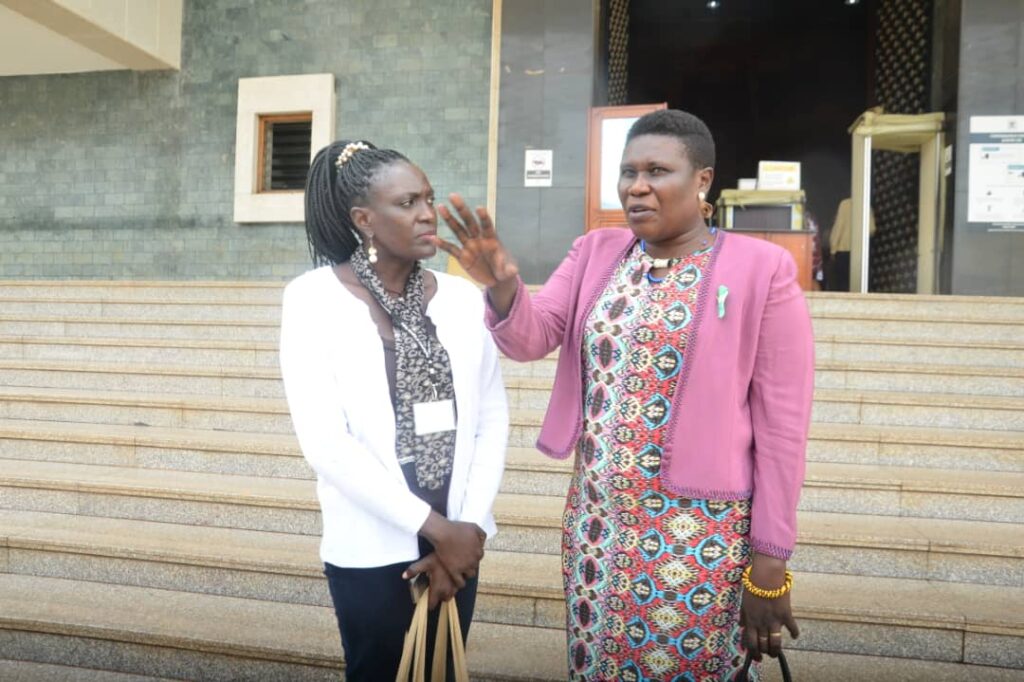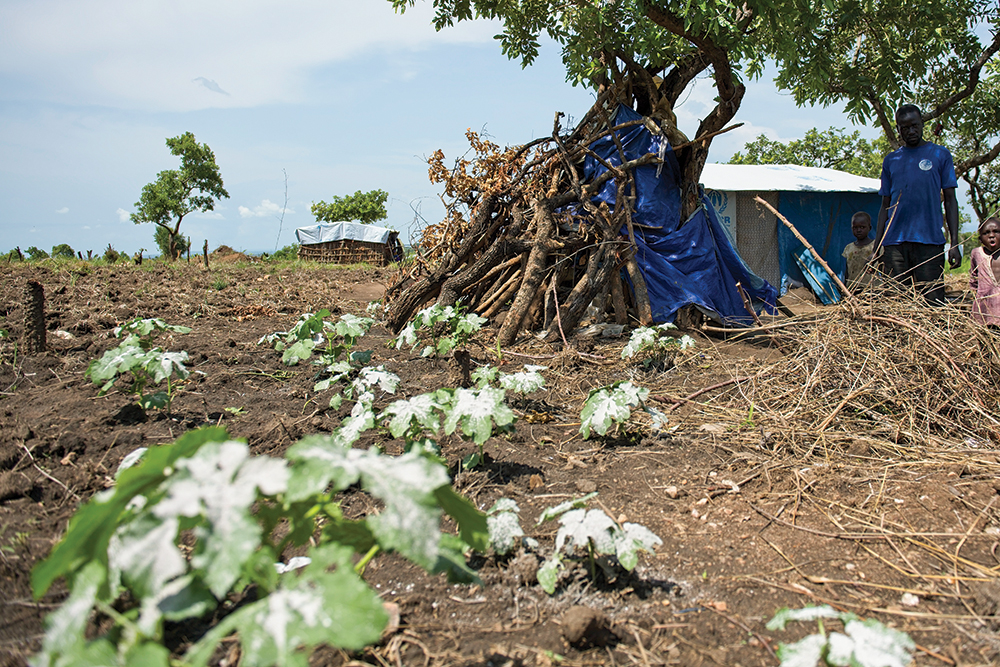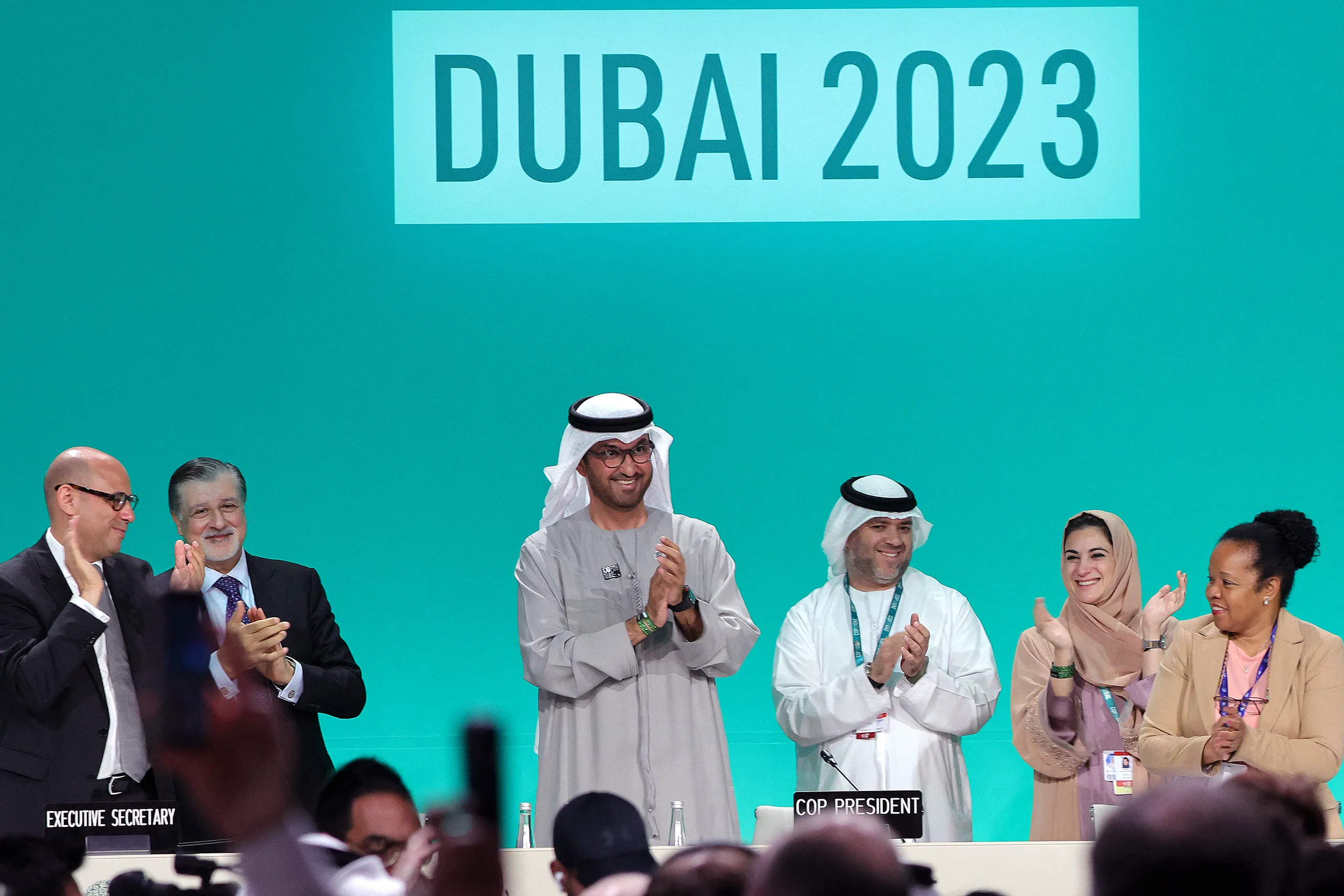An eye into Uganda’s refugee camps
Diana Kibuuka
“Am making 2 Million tree seedlings this year to restore Terego’s green cover” this is a statement from the Woman Member of Parliament Terego district Hon. Rose Obigah in a head to head conversation as she tells her story on how refugees are contributing to environmental degradation in her region.
Located in the West Nile region of Northern Uganda, Terego is one of the Thirteen districts that house refuges. The district covers an area of 1,102 square kilometers (425sq mi) and the areas now making up the district recorded a non-refugee population of 199,303 in the 2014, alongside a refuge population of about 168,000 people that mostly come from South Sudan, and get settle d into the Imvepi Refugee Settlement and the western zones of the Rhino Camp Refugee Settlement.
The Rhino camp refuge settlement is among the top Three most populated refugee camps, with Bidibidi and Pagirinya in the lead. Refugees from South Sudan accounts for 62% of refugees in Uganda, while the Democratic Republic of the Congo accounts for 29%.
Hon. Obigah narrates that what used to be a green Terego is nearly becoming a desert because of the trees, and shrubs are get cleared every time refugees storm the district.
“We used to have a very green environment where it used to be for hunting and trees, we now have refugees – We love the refugees and don’t regret their presence, but the environment has gone to the dogs” Laments Obigah. She explains that refugees cut trees to create space for settlement, for firewood which is the major source of energy, in addition to burning and selling of charcoal for survival. Obigah however says that there are ongoing interventions by some non-government organizations supporting refugee camps in restoring the green cover but this she suggests that it should also be done for the host communities since climate change effects knows no boundaries

Johnson Thembo Puruka, a Conservation Educator at Uganda Wildlife Conservation Education Centre (UWEC) – Entebbe zoo, who also hails from Kasese, a district with both internally displaced people due to natural hazards, especially floods and refuges from the Democratic Republic of Congo whose population is about 500, adds that much as Uganda is hospitable and the leading refugee host country in Africa with about 1.5 million refugees, little emphasis is being put on environmental management strategies with in the refugee camps. Thembo’s view is increasing sensitization on issues of proper environment management and clearly spreading out the National environmental rules and guidance with in the refugee camps so that they get to know the environmental dos and don’ts of the communities that have hosted them.
“Our communities with in Kasese have different traditional ways of sustainably using the natural surrounding for survival – but in most cases when refugees come, because of lack of ownership, they will unsustainably use the natural resources to quench their thirst, which makes the environment vulnerable” Explained Thembo.
Bob Mayonza the Chief Executive Officer of Pilgrim Centre For Reconciliation a Non-Government Organization that also looks into the well being of refugees in some settlements states that, there’s need for all stake holders to sit on a round table and plan effectively for the refugee settlements, because minus proper planning, amidst continued influx of refugees, the country’s environment shall continue being compromised.
Uganda’s2006 Refugee Act has been recognized as exemplary in the world because it maintains open borders and promotes self-reliance of refugees and peaceful co-existence with host communities.
However, the living conditions within the refugee settlements are often characterized by limited resources resulting into heavy reliance on the environment. In addition, water pollution and human waste disposal by displaced persons contaminate local groundwater and cause the spread of diseases.
Between 2014and 2018, the Food and Agriculture, reported that 14% of woody biomass had been lost within 5 km of the refugee settlement boundaries, with additional loss and degradation in an extended 15 km buffer. At a national scale, Uganda’s forest cover decreased from 24% in 1994 to 9% in 2019.
Over 93% of refugee and host community households are reliant on wood for cooking fuel, leading to calls for innovations on sustainable biomass production and efficient utilization.
State of Climate Finance in Uganda.
Patricia Roy Akullo from the Climate Finance Unit, a newly installed unit under the Ministry of Finance Planning and Economic Development says that, Uganda just like any other developing member country signatory to the United Nations, had great hope in the 100 Billion US dollars’ pledge by the developing countries during the Paris agreement of 2015 towards combating effects of climate change which they thought would be a good push for climate action in Uganda, but till now, developing countries failed to meet this goal which is due expiry next year 2024.
She however adds that Uganda, through the National Determinant Contribution under the Ministry of Water and Environment has put in place a National Climate Plan whose total budget for Climate Action is 28.1 Billion US dollars out of which, 4.1 Billion US dollars (15%), is to be raised from the domestic sources while the 24 Billion US dollar (85%), will be external funds some of which will probably come from awaited new goal of the 1 trillion US dollar that is being discussed by countries of the COP28 this year in Dubai, which is being thought of to replace the 100 Billion US dollars pledge.




